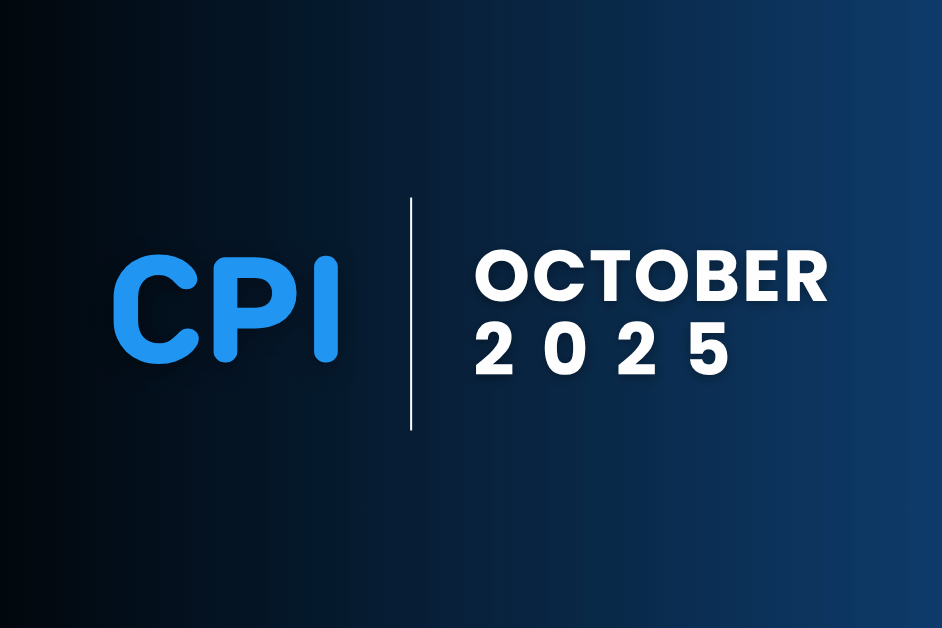2019 is nearly over, and you are probably deep into planning mode for your 2020 research project needs. If you are having trouble brainstorming projects that will meet your needs (or, less likely, have been procrastinating on planning), we have 5 research projects that should be on your radar for next year.
Shopping Process
Understanding how your customers and prospective customers shop your category and brand can be critical in getting them to select you. A project that answers the following types of questions can help you develop the appropriate marketing and sales initiatives at all your consumer touch points:
- What information do they look for to help them make their decision?
- Do they compare prices, features, or other aspects of your products?
- What is the role of the internet?
- Do they visit brand or manufacturer websites?
- Do they buy online or in-store?
- If in-store, is their decision already made ahead of time?
Answering these questions can use both qualitative research (observing consumers in their homes as they use the internet, going shopping with them to observe their behavior) and quantitative research. Ultimately this research project can deliver path to purchase insights that make the process easier for consumers and thus help you stand out from your competition.
Segmentation
Different consumers purchase your category and/or brand for different reasons. Unfortunately, marketing budgets are not always big enough to speak to all of them. Segmentation research can help you prioritize which targets (or segments) to go after.
This research project will attitudinally identify different segments in the purchase base and their different reasons for purchase. One might be price driven, another quality driven, another convenience driven, and still another feature driven, etc. The research project will size each segment and assess their potential profitability based on purchase behavior. This in turn allows you to identify which segments are best to target, and which are of a lower priority.
Additionally, the search can collect demographic and behavioral data (media use for example) to provide a profile of each segment. This profiling then guides you with respect to how to market to your preferred segments. Ultimately, this allows you to be more effective with how your marketing dollars are spent.
Feature Value Assessment
Your existing products and services, or the new ones you are developing, likely have multiple features associated with them. Refrigerators have different freezer locations, different capacities, different ice maker configurations, etc. Or credit cards have different cash back options, different interest rates, different rewards etc.
These different features, and the levels potentially associated with them, likely have different values to the consumer. Performing a feature value research project can help assess which features and feature levels are most important and their relative value to the customer.
With this knowledge you can determine which features to focus on in marketing and how to price those features (or feature levels) as you build the overall price to the consumer. For new products this can also direct you regarding which features and levels of a feature to include. This type of learning can help ensure you are not pricing your product too high, but also not leaving money on the table.
Brand Equity Research
What does your brand stand for? What is your point of difference versus competitors? If you can’t answer these questions, it is almost certain that your customers can’t either.
Via ratings on a detailed series of attributes, brand equity research helps you learn what consumers think of your brand and your key competitive brands. This allows you to tailor your message to support your key perceptual competitive advantage(s). Or, conversely, it lets you know that you don’t have any key perceptual competitive advantages. Either way, your communications can become more effective, relevant and streamlined as you attempt to connect with consumers
Need/Gap Analysis
In any category, there are likely unmet consumer needs.
Need/gap analysis uncovers those gaps. It provides consumer feedback on different product benefits or potential benefits. Specifically, it asks about the importance of these different benefits and how well different products (or brands) perform or deliver against these benefits. Obviously, benefits with high importance but low performance represent key category needs and a potential competitive advantage for the first brand to fill the void.
Knowing what important gaps exist in your category, can clearly direct your new product development efforts.
Conclusion
These five studies are just the tip of the iceberg. They will help you get a more grounded look at how to best position your company or product for success, but these aren’t the only research projects you could spearhead in 2020. Want to bounce ideas off of our team? Drop a line by emailing us today!
Related blogs
Prime Day 2025 for Durables: Shopper Intent, Promotions & Where to Focus
Prime Day 2025 broke the mold. For the first time, Prime Day ran four full days, spanning July 8–11, twice the usual length, and emerged as Amazon’s…
Related blogs
Consumer Price Index: Durable and Personal Goods | November 2025
This is the December 2025 release of the OpenBrand Consumer Price Index (CPI) – Durable and…
Consumer Price Index: Durable and Personal Goods | October 2025
This is the November 2025 release of the OpenBrand Consumer Price Index (CPI) – Durable and…
Consumer Price Index: Durable and Personal Goods | September 2025
This is the October 2025 release of the OpenBrand Consumer Price Index (CPI) – Durable and…
Consumer Price Index: Durable and Personal Goods | August 2025
This is the September 2025 release of the OpenBrand Consumer Price Index (CPI) – Durable and…





